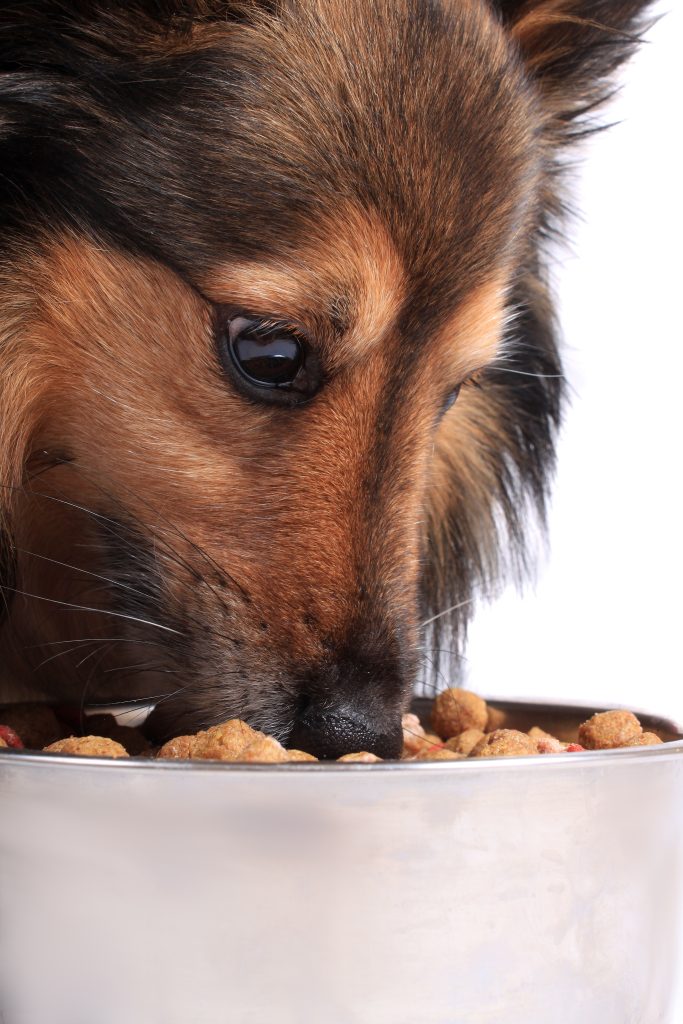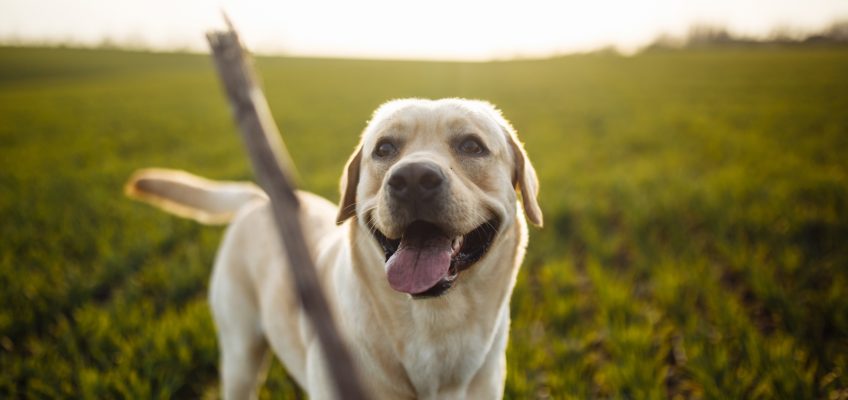Grain-Free Diets for Dogs: Benefits and Myths
Grain-Free Diets for Dogs – Benefits and Myths
In recent years, grain-free diets for dogs have surged in popularity. With an increasing number of pet owners opting for this dietary trend, it’s essential to unravel the reasons behind this shift and address common misconceptions. Here at Broadleaf Grain Free Dog Food, we believe that understanding what goes into your dog’s bowl is crucial not only for their health but also for your peace of mind. Let’s explore the benefits of grain-free diets, debunk some myths, and take a closer look at how these diets can meet the diverse needs of various dog breeds.
Understanding Grain-Free Diets
Grain-free dog food is exactly what it sounds like: foods that avoid all grains, including wheat, corn, rice, and barley. Instead, these diets often focus on high-quality proteins and vegetables which can offer a well-rounded nutritional profile. As more dog owners educate themselves about pet nutrition, grain-free diets have emerged as a popular choice. But why have they caught on, and what do they really entail?
The Benefits of Grain-Free Diets

1. Enhanced Digestibility
Many dogs are sensitive to grains, and even those that aren’t may have trouble digesting them efficiently. Grain-free diets often emphasise higher-quality protein sources and easily digestible carbohydrates, such as sweet potatoes and peas.
These alternatives can make it easier for dogs to absorb nutrients, leading to better overall health.
2. Improved Skin and Coat Condition
One notable advantage that many dog owners observe after transitioning to a grain-free diet is an improvement in their dog’s skin and coat.
Grain allergies can contribute to skin irritations and dull fur, while a diet rich in omega fatty acids, commonly found in grain-free foods, can help bolster skin health and enhance coat shine.
3. Increased Energy Levels
Dogs that consume a diet tailored to their specific needs often display higher energy levels. Grain-free foods typically provide a more balanced source of energy through higher levels of protein and healthy fats, which can lead to more vitality in active breeds.
If your dog is looking a little bored or lethargic, it might be time to explore a diet that fuels their lifestyle.
4. Weight Management
For dogs prone to weight gain, grain-free diets can aid in maintaining a healthy weight. Grains can be calorie-dense and high in carbohydrates, so eliminating them may help some dogs lose excess pounds. Additionally, the higher protein content allows for improved satiety, which can reduce the tendency to overeat.
5. Tailored to Dietary Needs
Some dogs have specific dietary requirements or restrictions due to conditions such as allergies or sensitivities. Grain-free dog food can offer a safer alternative that avoids known allergens, allowing you to choose a diet that meets your dog’s individual needs.
Common Myths About Grain-Free Diets
Despite the substantial benefits, several myths surround grain-free dog food that may deter some owners from making the switch. Let’s separate fact from fiction.
Myth 1: Grain-Free Diets are Unbalanced
One significant misconception is that grain-free diets are inherently unbalanced or deficient in necessary nutrients. However, high-quality grain-free dog foods, such as those produced by Broadleaf, are formulated to provide all the essential nutrients your dog requires. They often include a blend of proteins, fruits, and vegetables that ensure balanced nutrition.
Myth 2: All Dogs Require Grains in Their Diet
Another myth is that all dogs need grains to thrive. While grains can provide certain nutrients, they aren’t an absolute necessity for every dog.
In fact, many dogs obtain all the nutrition they require from protein sources and vegetables. Speaking with a vet can help determine what’s best for your furry friend.
Myth 3: Grain-Free Diets Cause Heart Disease
In 2018, the FDA began investigating a potential link between grain-free diets and canine dilated cardiomyopathy (DCM), a serious heart condition.
However, research is ongoing, and it’s important to remember that DCM can occur in dogs regardless of their diet. Consulting your veterinarian and considering a variety of protein sources can mitigate risk.

Myth 4: Grain-Free Equals Higher Protein Content
While grain-free diets often include protein-rich ingredients, not all grain-free dog foods automatically equate to higher protein content. It’s essential to read labels carefully and choose brands that list high-quality protein sources as the primary ingredient to ensure your dog is receiving adequate nutrition.
Considerations for Choosing Grain-Free Diets
When selecting a grain-free diet, it’s essential to consider a few factors to ensure you’re making the best choice for your dog:
Quality of Ingredients
At Broadleaf, we pride ourselves on using high-quality, natural ingredients devoid of artificial additives and fillers. Look for products that highlight real meat as the primary ingredient and ensure a balanced variety of vegetables and fruits.
Life Stage and Breed Size
Different life stages and breed sizes can influence your dog’s dietary needs. Puppies, adult dogs, and seniors all have different nutritional requirements, so be sure to select a formula tailored to your dog’s life stage. Additionally, large breeds may benefit from specific formulations designed to support their joint health.

Consult with Your Vet
When making significant changes to your dog’s diet, it’s always a good idea to consult with a veterinarian. They can provide guidance based on your dog’s specific dietary needs and health concerns.
Transitioning to a Grain-Free Diet
Transitioning your dog to a new diet should be done gradually to avoid any digestive upset. Here’s a step-by-step guide to making the switch:
1. Introduce Gradually: Begin by mixing a small amount of grain-free food with your dog’s current food. Start with a ratio of about 25% grain-free to 75% regular food.
2. Increase Gradually: Over a week or so, gradually increase the proportion of grain-free food, lowering the regular food amount until you’re feeding 100% grain-free.
3. Monitor Your Dog: Keep an eye on how your dog responds to the new diet. Look out for any changes in digestion, energy levels, or skin condition.
4. Patience is Key: Give your dog time to adjust. Changes in diet can take time, and it may take a couple of weeks to see significant benefits.
With the rising interest in dog nutrition, grain-free diets have emerged as a viable choice for many pet owners. By highlighting the benefits, addressing common myths, and providing practical advice for selecting and transitioning to grain-free food, we hope to make the decision easier for you.
At Broadleaf Grain Free Dog Food, we are committed to providing your furry companions with nutritious, high-quality food that caters to their well-being and dietary preferences. Embrace the trend of grain-free diets and enjoy watching your dog thrive on a diet designed with their health in mind.


